Phlebotomy A Competency Based Approach 4Th Edition By Kathryn Booth – Test Bank
Chapter 03
Introduction to Medical and Anatomical Terminology
Multiple Choice Questions
1. The term “oral” pertains to the:
A. mouth.
B. throat.
C. tooth.
D. windpipe.
The term “oral” refers to the mouth.
ABHES: 3.a Define and use entire basic structure of medical words and be able to accurately identify in the correct context, i.e. root, prefix, suffix, combinations, spelling, and definitions
Accessibility: Keyboard Navigation
Blooms: Remember
CAAHEP: I.C.1 Describe structural organization of the human body
CAAHEP: IV.C.11 Define both medical terms and abbreviations related to all body systems
Difficulty: 1 Easy
Est Time: 0-1 minute
Learning Outcome: 03.03
NAACLS: 3.00 Demonstrate basic understanding of the anatomy and physiology of body systems and anatomic terminology in order to relate major areas of the clinical laboratory to general pathologic conditions associated with the body systems.
Topic: Anatomical Terminology
2. The word “oculo” means pertaining to the:
A. eyes.
B. corrective lens.
C. vision.
D. glasses.
The word “oculo” refers to the eyes.
ABHES: 3.a Define and use entire basic structure of medical words and be able to accurately identify in the correct context, i.e. root, prefix, suffix, combinations, spelling, and definitions
Accessibility: Keyboard Navigation
Blooms: Remember
CAAHEP: I.C.1 Describe structural organization of the human body
CAAHEP: IV.C.11 Define both medical terms and abbreviations related to all body systems
Difficulty: 1 Easy
Est Time: 0-1 minute
Learning Outcome: 03.03
NAACLS: 3.00 Demonstrate basic understanding of the anatomy and physiology of body systems and anatomic terminology in order to relate major areas of the clinical laboratory to general pathologic conditions associated with the body systems.
Topic: Anatomical Terminology
3. Otitis media is inflammation of the
A. eye.
B. tissue around the eye.
C. middle ear.
D. any part of the ear.
Inflammation (itis) of the middle (media) ear (ot) is referred to as otitis media.
ABHES: 2.b Describe common diseases, symptoms and etiologies as they apply to each system
ABHES: 3.a Define and use entire basic structure of medical words and be able to accurately identify in the correct context, i.e. root, prefix, suffix, combinations, spelling, and definitions
Accessibility: Keyboard Navigation
Blooms: Remember
CAAHEP: I.C.1 Describe structural organization of the human body
CAAHEP: IV.C.11 Define both medical terms and abbreviations related to all body systems
Difficulty: 1 Easy
Est Time: 0-1 minute
Learning Outcome: 03.03
NAACLS: 3.00 Demonstrate basic understanding of the anatomy and physiology of body systems and anatomic terminology in order to relate major areas of the clinical laboratory to general pathologic conditions associated with the body systems.
Topic: Anatomical Terminology
4. Some laboratories require candidates to have a “dactylogram” done as part of the pre-employment screening. Another word for dactylogram is
A. brain disorder.
B. encephalogram.
C. fingerprint.
D. footprint.
A dactylogram can be either a fingerprint or a toe print, not a handprint or a footprint.
ABHES: 11.a Perform the essential requirements for employment such as resume writing, effective interviewing, dressing professionally, time management, and following up appropriately
ABHES: 3.c Apply various medical terms for each specialty
Accessibility: Keyboard Navigation
Blooms: Understand
CAAHEP: I.C.1 Describe the structural organization of the human body
CAAHEP: IV.C.11 Define both medical terms and abbreviations related to all body systems
Difficulty: 2 Medium
Est Time: 0-1 minute
Learning Outcome: 03.03
NAACLS: 3.00 Demonstrate a basic understanding of the anatomy and physiology of body systems and anatomic terminology to relate major areas of the clinical laboratory to general pathologic conditions associated with the body systems.
Topic: Anatomical Terminology
5. What holds the genetic code that contains all information needed for processes of the body?
A. PPE
B. DNA
C. RNA
D. Brain
DNA holds the genetic code that controls the processes of the human body. This process is assisted by the RNA.
ABHES: 2.a List all body systems, their structure and functions
ABHES: 3.c Apply various medical terms for each specialty
Accessibility: Keyboard Navigation
Blooms: Understand
CAAHEP: I.C.1 Describe structural organization of the human body
CAAHEP: IV.C.11 Define both medical terms and abbreviations related to all body systems
Difficulty: 2 Medium
Est Time: 0-1 minute
Learning Outcome: 03.03
NAACLS: 3.00 Demonstrate basic understanding of the anatomy and physiology of body systems and anatomic terminology in order to relate major areas of the clinical laboratory to general pathologic conditions associated with the body systems.
Topic: Anatomical Terminology
6. When referring to the closest point of origin, the term used is:
A. caudal.
B. distal.
C. plantar.
D. proximal.
Proximal refers to the nearest to the point of origin.
ABHES: 3.b Build and dissect medical terms from roots/suffixes to understand the word element combinations that create medical terminology
Accessibility: Keyboard Navigation
Blooms: Remember
CAAHEP: I.C.3 Describe body planes, directional terms, quadrants, and cavities
Difficulty: 1 Easy
Est Time: 0-1 minute
Learning Outcome: 03.03
NAACLS: 3.00 Demonstrate basic understanding of the anatomy and physiology of body systems and anatomic terminology in order to relate major areas of the clinical laboratory to general pathologic conditions associated with the body systems.
Topic: Anatomical Terminology

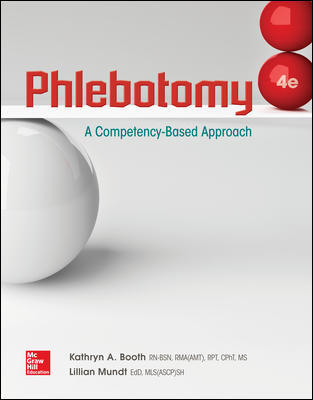




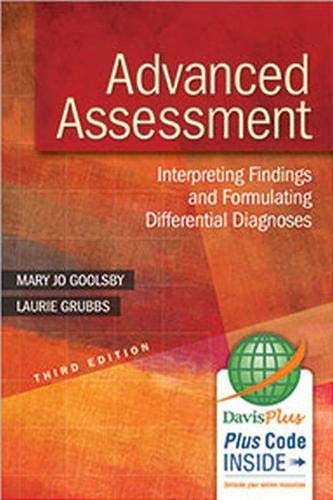
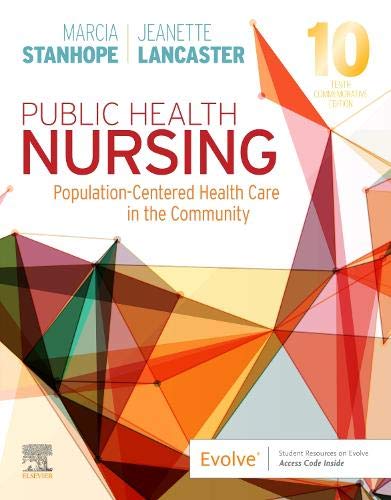

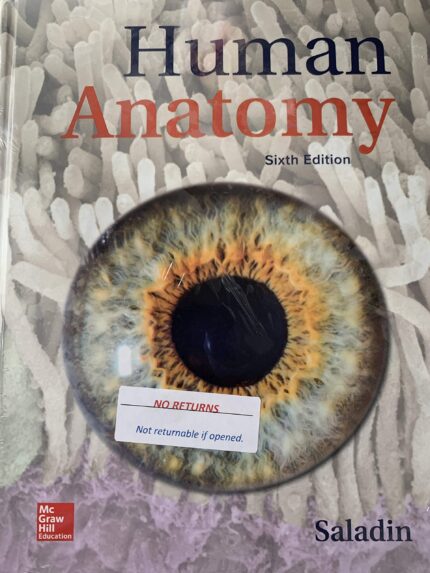

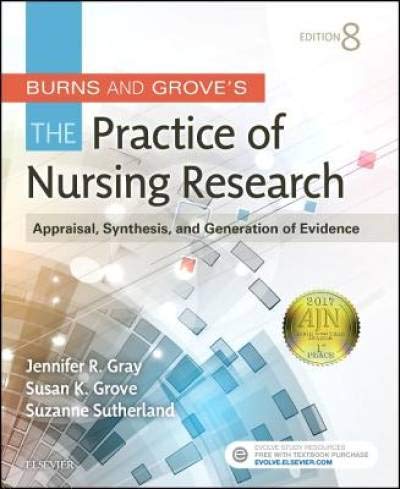


Reviews
There are no reviews yet.